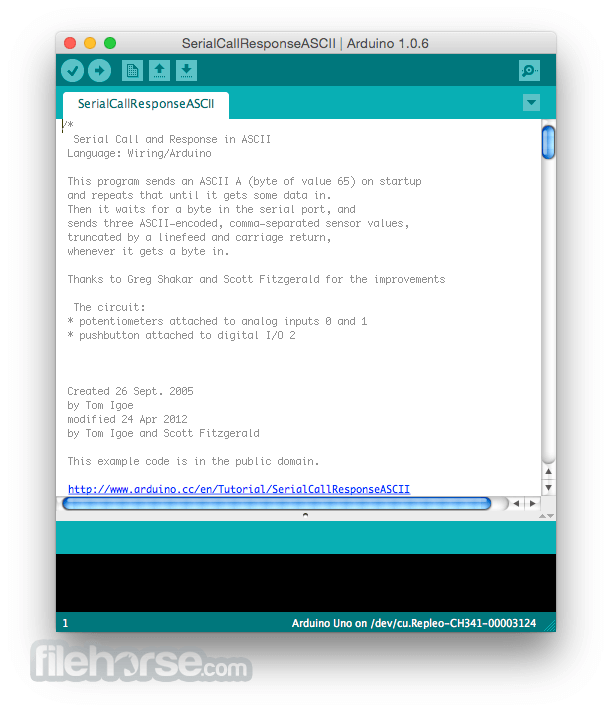
Java is used by Groovy, Grails, Spring Boot, and many others.Īdditional details are provided by this command: /usr/libexec/java_home -V But don’t do it if you want other version of Java.
#MAKE FILE FOR JAVA APPLICATION ON MAC INSTALL#
If you invoke java or javac, if it’s not installed, MacOS prompts you to install the JDK. PROTIP: This command is my preferred way to see what a machine has because

Sample response: /Library/Java/JavaVirtualMachines/jdk1.8.0_162.jdk/Contents/Home PROTIP: The Java program looks for the $JAVA_HOME environment variable to obtain files:

WARNING: Older versions may not contain the latest security patches. The response on my machine, after all versions of Java are installed (at time of writing): total 0ĭrwxr-xr-x 6 root wheel 192 Jul 24 11:13. NOTE: This directory is at the root for the whole machine, not a particular user’s home folder. List which versions are installed on your machine by looking at where MacOS installs programs: ls -al /Library/Java/JavaVirtualMachines/ PROTIP: “java” in the above path is a binary file. Shell scripts check if Java is available by: command -v javaĪlternately, the older form is: which java You’ll come back to this after installation. “PROTIP” mark little-know or important facts not seen in many other tutorials. Like a long tour with commentary by an experienced guide, this is a deep dive into the various editions to equip you to debug JVM installation issues. Install Jenv to manage multiple Versions of Java.

Via you can add classpath resources for your app. dist/libs and include the following: :$APP_ROOT/./libs/ Simply add these resources to a folder in your project directory, e. external libs, which are not included in your JAR. You can deliver classpath ressources for your app, too. adjusts the working directory of your Java app so you can access the delivered files from within your application as if your app would be a normal JAR without changing file paths in your Java code. If you want to deliver additional files with your app which are not packaged into your JAR, add the following to the section: $APP_ROOT/./ Hint: The is the name of the disk and not the app name! To set an app name you must add AppName to your section. You have to add it to src/main/resources because the specified is loaded from this path. To set the icon file and the name of the DMG, add this to the section: Hello World Run clean package appbundle:bundle and after the build finishes you find a DMG in the target folder.

Insert the following into your build plugins section, customize your main class name and you’re good to go. But be careful, the creation of a DMG only works on a Mac. It supports a lot of configuration options for packaging a Java app and creates a DMG for you. Luckily I found a Maven plugin on GitHub, which simplifies this task a lot.
#MAKE FILE FOR JAVA APPLICATION ON MAC MANUAL#
There were only old and outdated tutorials with lots of manual work out there. The project setup was based on Maven and so the packaging step should be integrated in the Maven build process. Recently I had the task to prepare a Java app for deployment on MacOS.


 0 kommentar(er)
0 kommentar(er)
